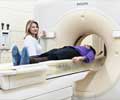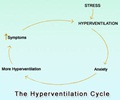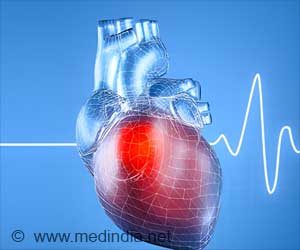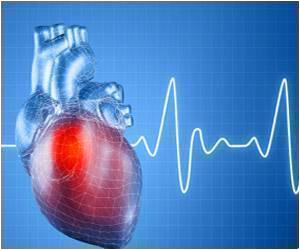
Heart disease is the leading cause of death in the U.S., according to the Centers for Disease Control and Prevention. Treatment often involves addressing modifiable cardiovascular risk factors such as elevated cholesterol, high blood pressure, diabetes and smoking. However, some risk factors, like family history, are not modifiable, and no risk models exist to help guide clinicians to identify those symptomatic patients without cardiac risk factors who are at an increased risk of death and myocardial infarction.
"This scenario, where patients are symptomatic but have no cardiac risk factors, comes up often in clinical practice," Dr. Leipsic said. "We lack a good tool to stratify these patients into risk groups."
CCTA is a noninvasive test that has shown high accuracy for the diagnosis or exclusion of coronary artery disease in individuals. However, referral for patients with suspected coronary artery disease is often based on clinical risk factor scoring. Less is known about the prognostic value of CCTA in individuals with no medically modifiable risk factors.
In the first study of its kind, Dr. Leipsic and colleagues correlated CCTA findings with the risk of major adverse cardiac events in 5,262 patients with suspected coronary artery disease but no medically modifiable risk factors. They culled the data from the Coronary CT Angiography Evaluation For Clinical Outcomes: An International Multicenter (CONFIRM) registry.
After an average follow-up of 2.3 years, 104 patients had experienced a major adverse cardiovascular event. The researchers identified a high prevalence of coronary artery disease in the study group, despite the absence of modifiable risk factors. More than one-quarter of the patients had non-obstructive disease or disease related to the buildup of plaque in the arteries, and another 12 percent had obstructive disease with a greater than 50 percent narrowing in a coronary artery.
Advertisement
Both symptomatic and asymptomatic patients with obstructive disease faced an increased risk for a major cardiac event. In contrast, the absence of coronary artery disease on CCTA was associated with a very low risk of a major event.
Advertisement
"If a patient shows up with vague symptoms and no medically modifiable risk factors, doctors often dismiss them or do a treadmill test, which won't identify atherosclerosis and only has a modest sensitivity for detecting obstructive disease," Dr. Leipsic said.
CCTA could help address this problem, Dr. Leipsic added, by helping to diagnose or rule out coronary artery disease and identifying those who may benefit from more intensive therapy.
The researchers continue to study the CONFIRM data with the aim to learn more about the relationship between plaque and heart attacks and the longer-term outlook for patients with coronary artery disease.
"We are now collecting data to determine the prognostic value of CCTA after five years or more of follow-up, which will be very important for the field," Dr. Leipsic said.
Source-Eurekalert















